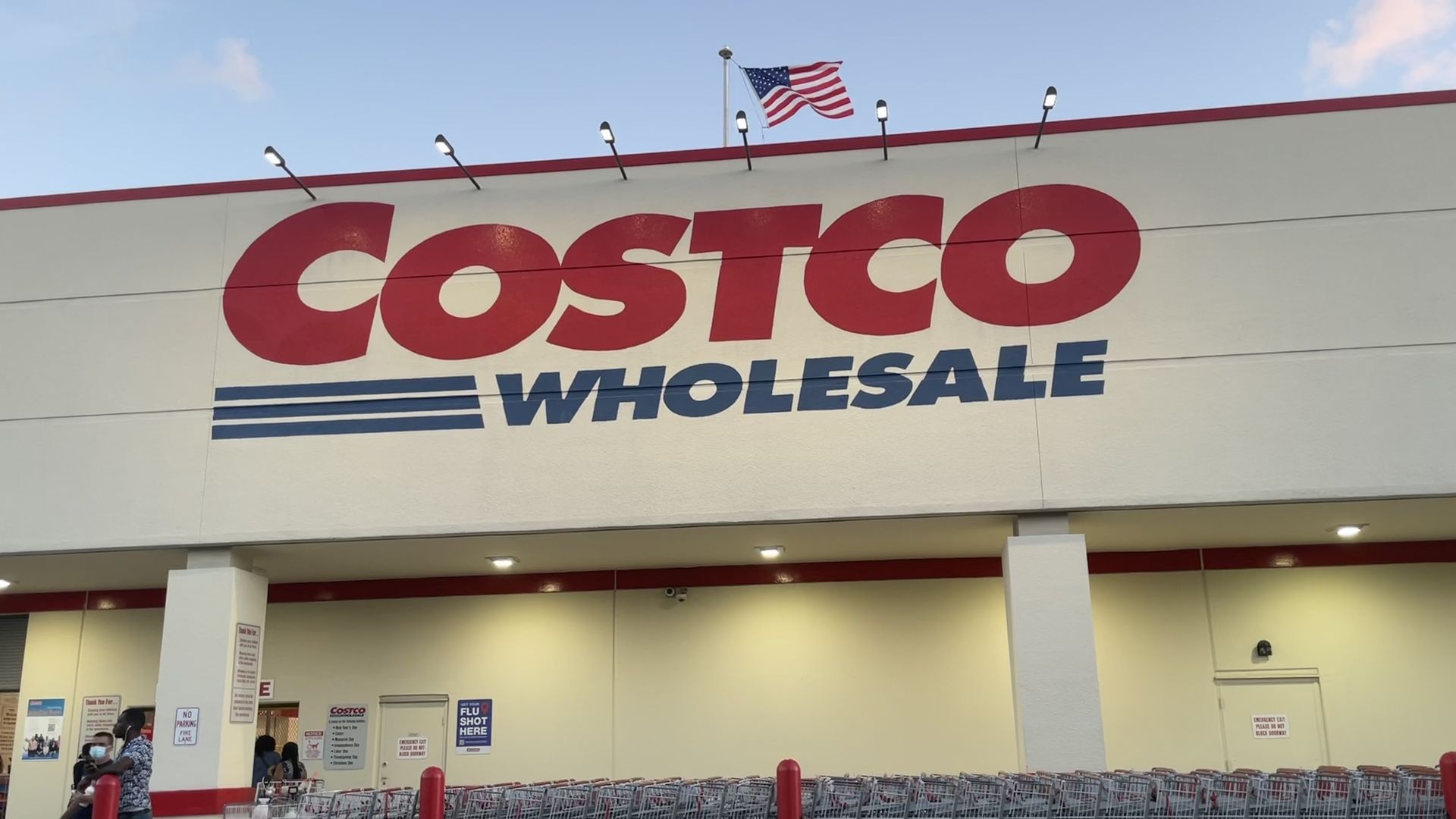Costco Wholesale Corporation is an American multinational corporation that operates a chain of membership-only big-box retail stores. These stores sell a wide variety of products, including groceries, electronics, furniture, and apparel. Costco is headquartered in Issaquah, Washington, and operates in eight countries.
Costco was founded in 1983 by James Sinegal and Jeffrey Brotman. The company’s first store was opened in Seattle, Washington. Costco’s business model is based on selling products in bulk at discounted prices. Members pay an annual fee to shop at Costco, which gives them access to the company’s wide variety of products and services.

Costco is one of the largest retailers in the world. The company has over 800 stores and employs over 300,000 people. Costco is a publicly traded company, and its stock is listed on the New York Stock Exchange.
Costco is known for its high-quality products and its excellent customer service. The company also offers a wide variety of services to its members, such as travel, insurance, and financial services.
Costco is a popular retailer with both consumers and businesses. The company’s membership base is growing steadily, and Costco is expanding its store count in new markets.
Business Model of Costco – How does Costco earn money?
Costco is a multinational retail corporation known for its unique business model that combines low prices, bulk purchasing, and membership-based access. Here’s a detailed explanation of Costco’s business model:
Membership Model: At the core of Costco’s model lies a robust membership structure allowing access only to enrolled patrons who can avail low wholesale prices due to bulk purchasing power. Annual fee adjustments account for inflation and overall rising expenses while maintaining affordability among diverse income groups. Renewal rates typically hover around 90%, indicating strong customer satisfaction and habitual repurchase patterns.
Different Membership types of Costco
Executive Membership:
- $120.00 Annual membership fee ($60 membership fee, plus $60 upgrade fee)*
- Includes a free Household Card
- Valid at all Costco locations worldwide
- Annual 2% Reward on qualified Costco purchases (terms and conditions apply)
- Additional benefits and greater savings on Costco Services
- Extra benefits on select Costco Travel products
Business Membership:
- $60.00 Annual membership fee*
- Includes a free Household Card
- Add Affiliate Cardholders for $60 each*
- Valid at all Costco locations worldwide
- Purchase for resale
- Business Members must provide Costco with the appropriate resale information
Gold Star Membership:
- $60.00 Annual membership fee*
- Includes a free Household Card
- Valid at all Costco locations worldwide
Focus on Value and Low Prices: Costco’s primary focus is on offering high-quality products at low prices. The company negotiates directly with suppliers and buys products in bulk quantities, leveraging its purchasing power to secure competitive prices. Costco passes on these savings to its members, enabling them to enjoy discounted prices compared to traditional retail channels. The emphasis on value attracts cost-conscious consumers who appreciate the opportunity to save money on their purchases.
No Frills Ambiance: Shoppers seeking upscale atmospheres or elaborate decor won’t find what they desire here. Utilitarian designs and barebone layouts prioritize function over form while keeping overhead costs minimal. This pragmatic philosophy extends even to Costco’s Kirkland Signature private label collection whose plain appearance belies exceptional quality at budgetary constraints-driven price points.
Warehouse Operations Optimization: Skilled logistics teams maximize warehouse capacity by regularly reviewing item assortment mixes and streamlining inventory stocking procedures, resulting in lean storage space utilization across the fleet of locations. Automated reordering technology monitors real-time depletion rates, diminishing manual intervention requirements and reducing out-of-stock situations.
Bulk Packaging and Limited Product Selection: Costco is known for selling products in bulk quantities. By selling larger packages, the company reduces packaging costs, transportation expenses, and handling fees. Bulk packaging also encourages customers to buy in larger quantities, which further drives down per-unit costs. Additionally, Costco limits its product selection to a carefully curated assortment of items, focusing on popular and high-demand products. This selective approach enables the company to negotiate better deals with suppliers and streamline its operations.
Exclusive Merchandise Partnerships: By partnering solely with select manufacturers, Costco secures limited edition member benefits such as higher warranty periods and early bird previews of upcoming releases during special preview sales events. Limited edition exclusivity adds intrigue and entices collectors to remain faithful members as they would struggle finding analogous replacement items elsewhere once time restrictions pass.
Add-On Services: While the majority of Costco’s revenue comes from merchandise sales, the company also offers add-on services to further enhance its value proposition. These services include optical centers, pharmacies, travel services, photo centers, and gasoline stations. By providing these services, Costco adds convenience and additional benefits for its members, creating further incentives for membership retention.
Additional Revenue Streams: Groceries have become an essential factor driving Costco’s profit margins given that the retail giant actively invests significant resources into developing long-term sustainable sourcing channels supporting both community farmers worldwide and guaranteeing stable supply chains free of disruptions caused by external conflicts.
Additionally, e-commerce operations generate extra revenues via online orders fulfilled through various delivery options including curbside pickup and same-day home drops whenever available.
Furthermore, supplementary credit cards charging interest for revolving balances help extend customer loyalty even after they stop visiting physical storefronts owing to personal life changes or busy schedules unsuitable for lengthier trips. Conversion rebates earned from this card portfolio encourage people to stay active participants within the larger Costco family unit since not everyone consistently buys goods sufficient to cover yearly membership charges when using cashbacks tied to eligible purchases made on said plastic currency.
Costco’s business model has proven successful, attracting a loyal customer base that appreciates the value, affordability, and savings offered by the company. The combination of low prices, bulk purchasing, membership fees, and limited product selection allows Costco to maintain its competitive edge and sustain its position as a leading warehouse retailer.
Also Read: Sam’s Club: Revolutionizing the Shopping Experience
To read more content like this, subscribe to our newsletter



